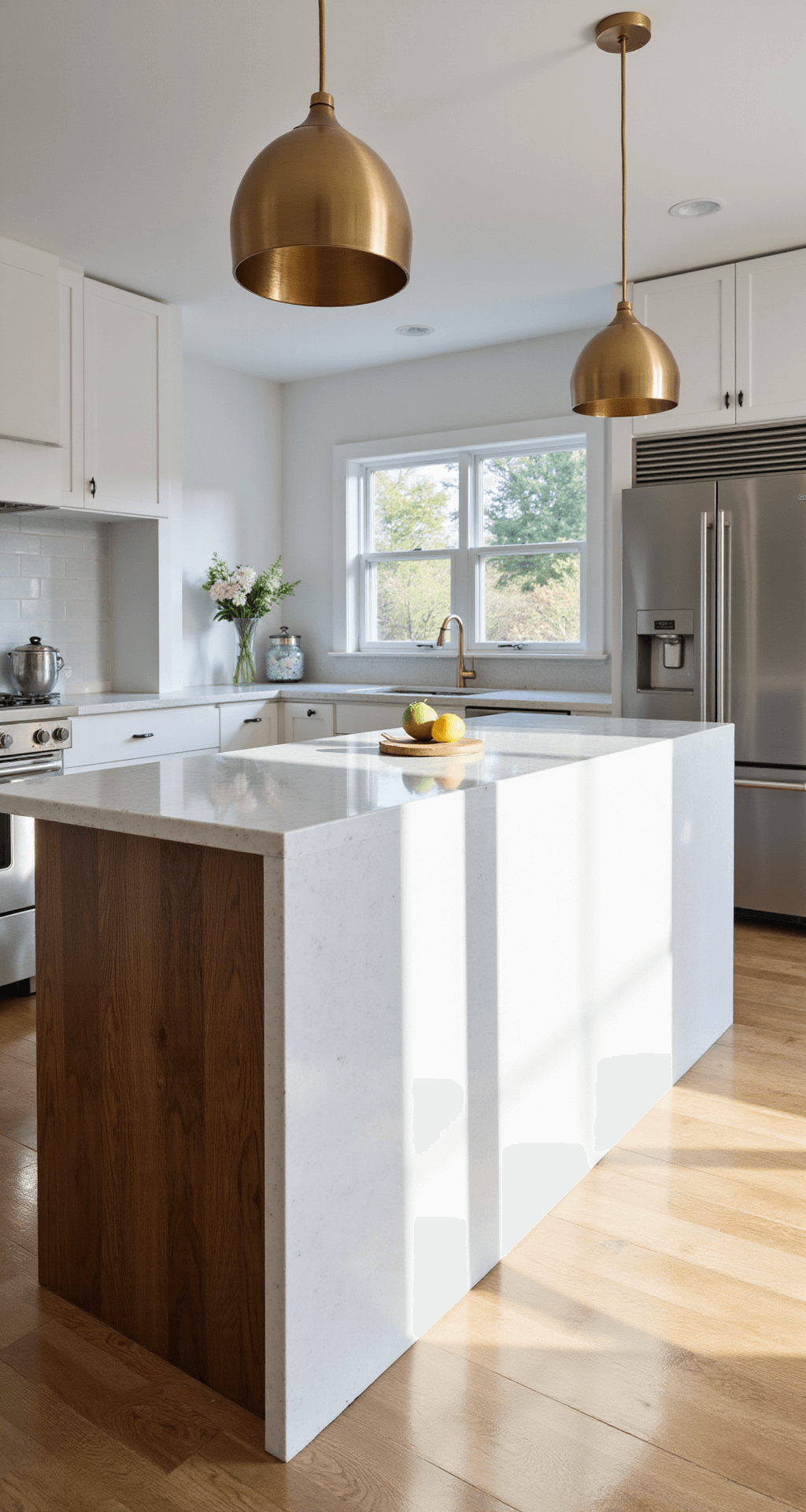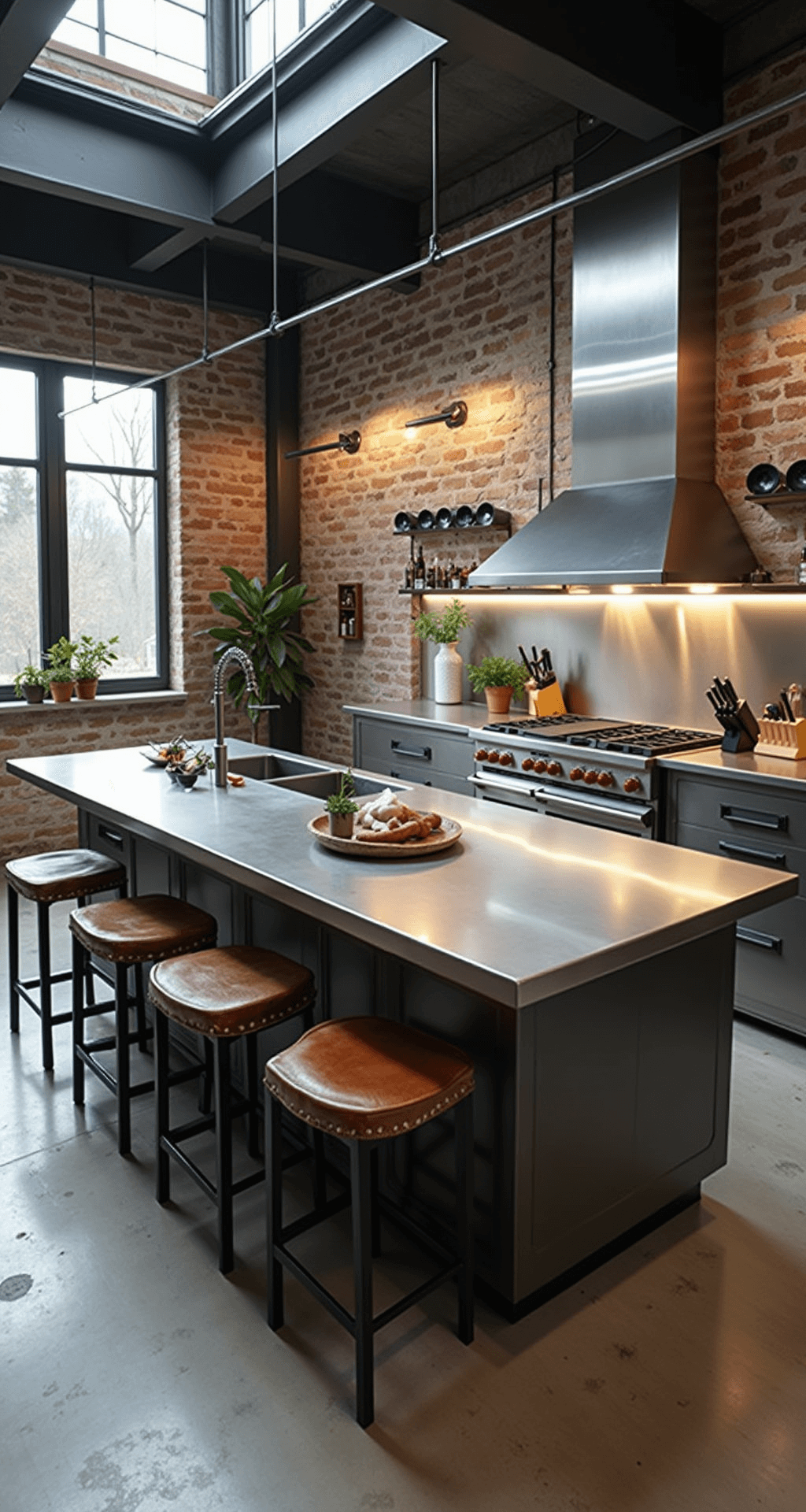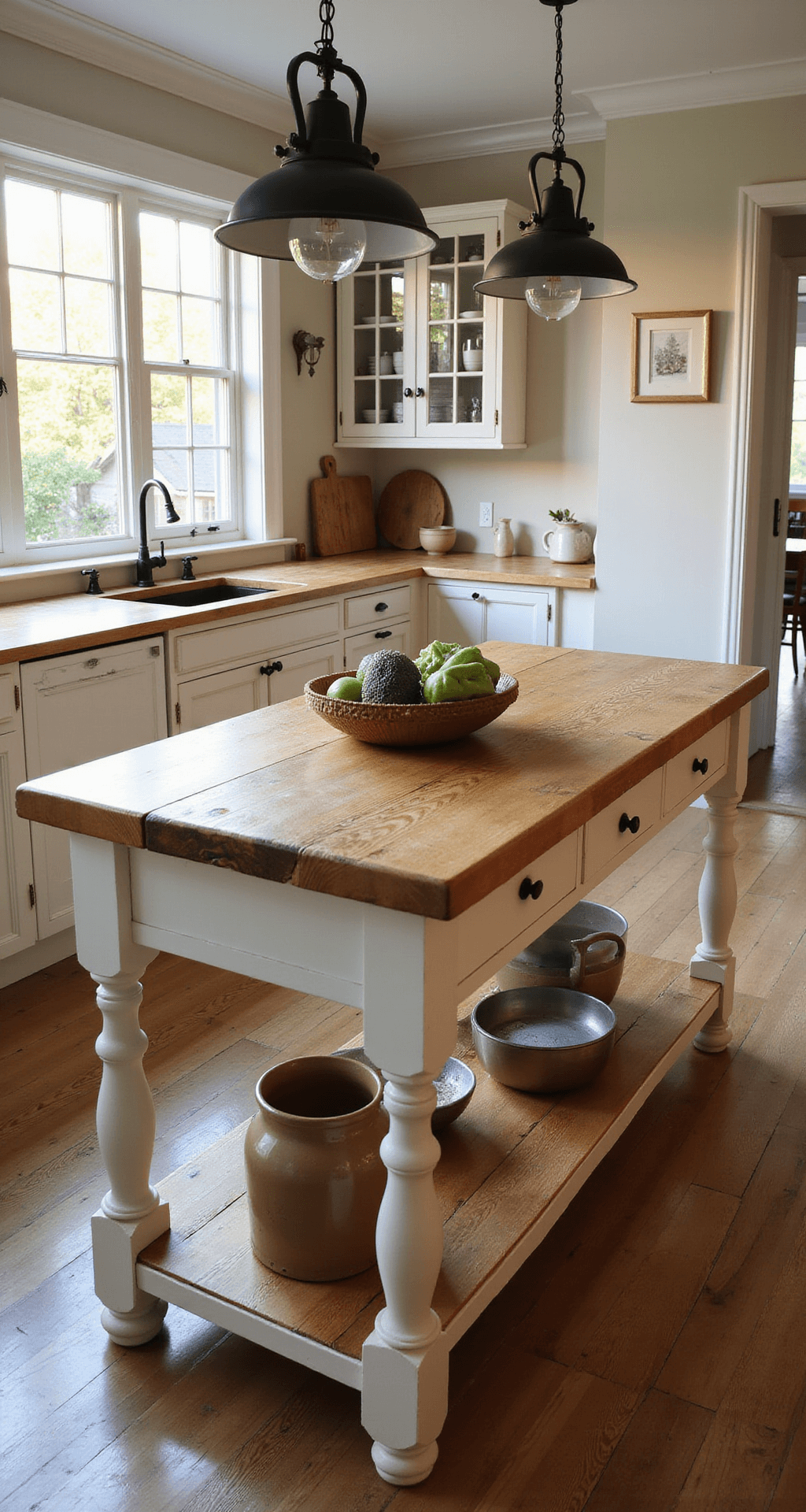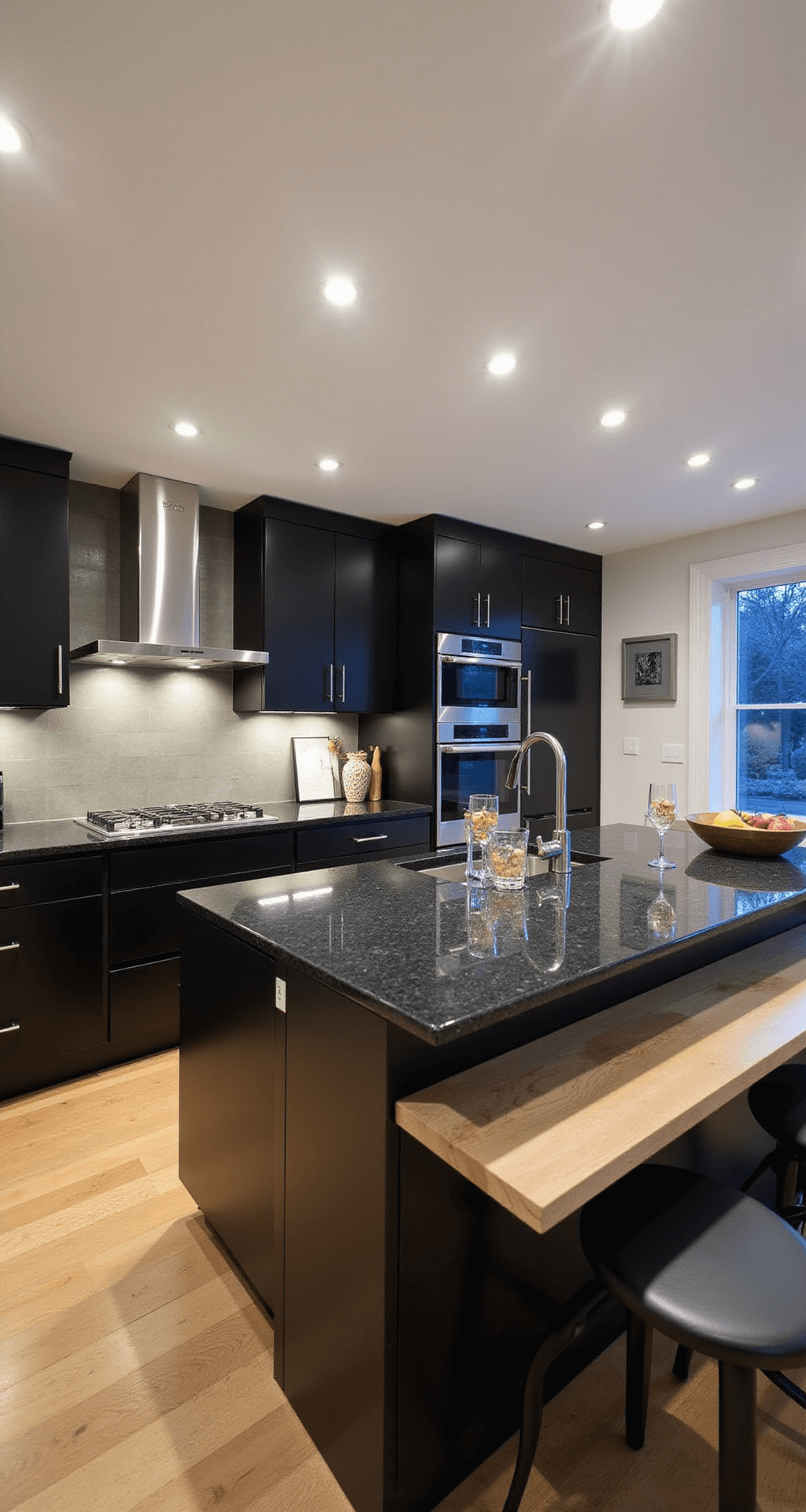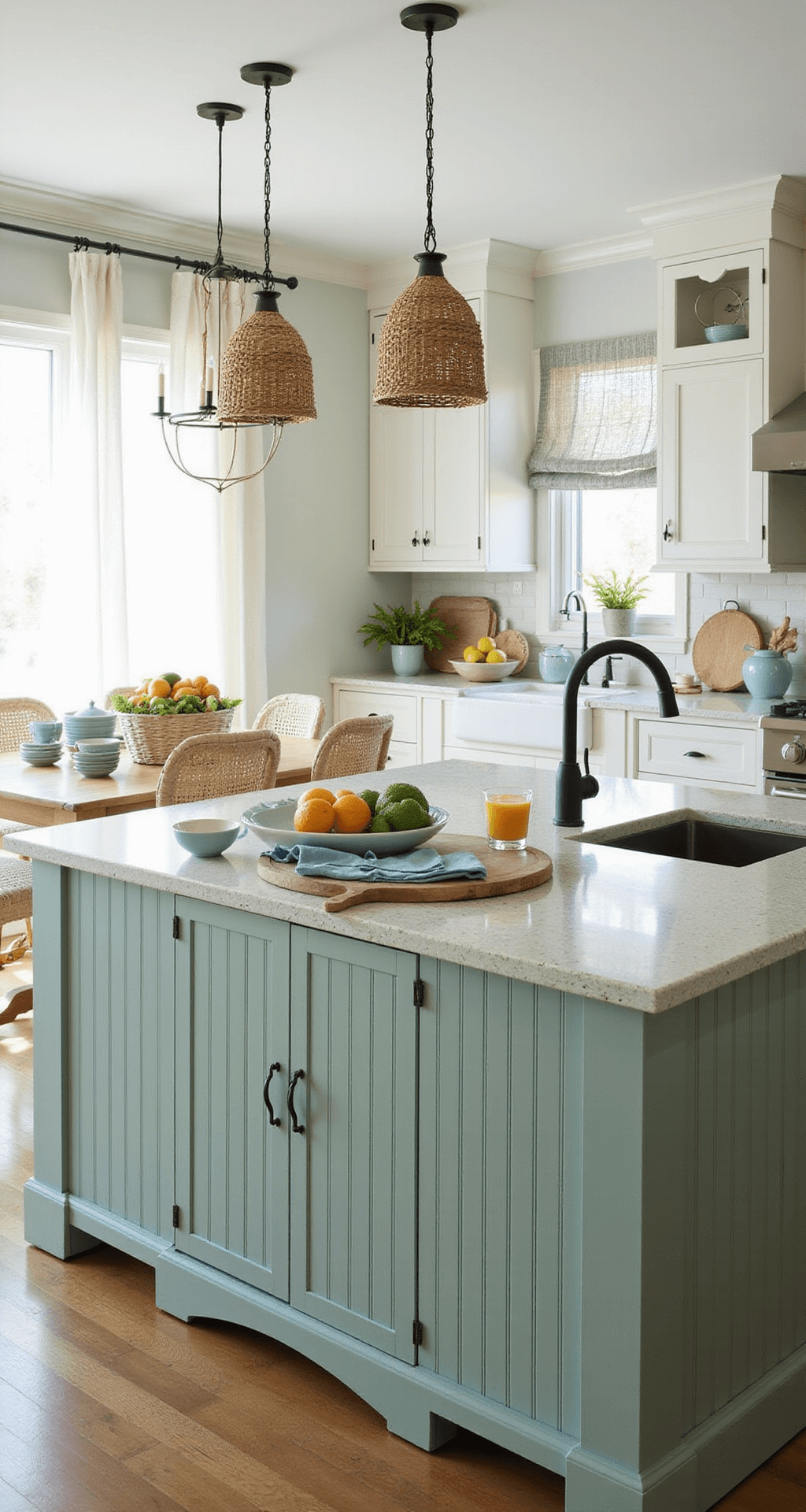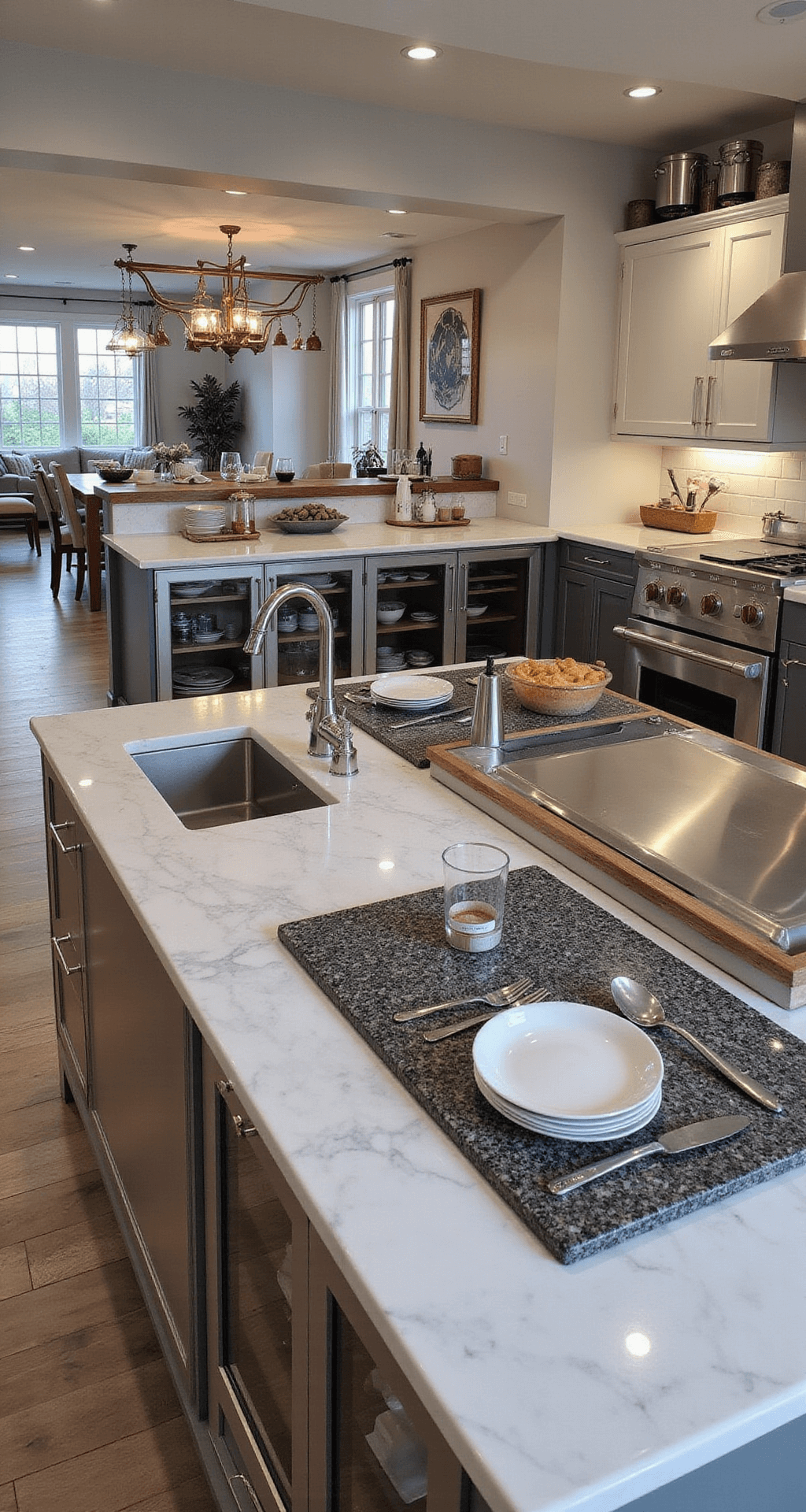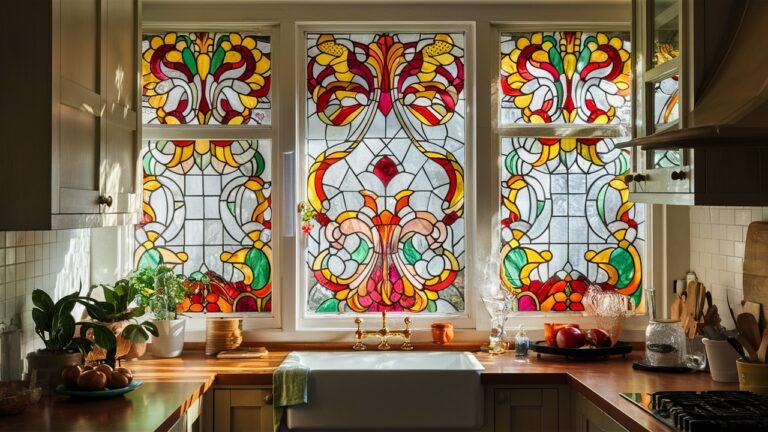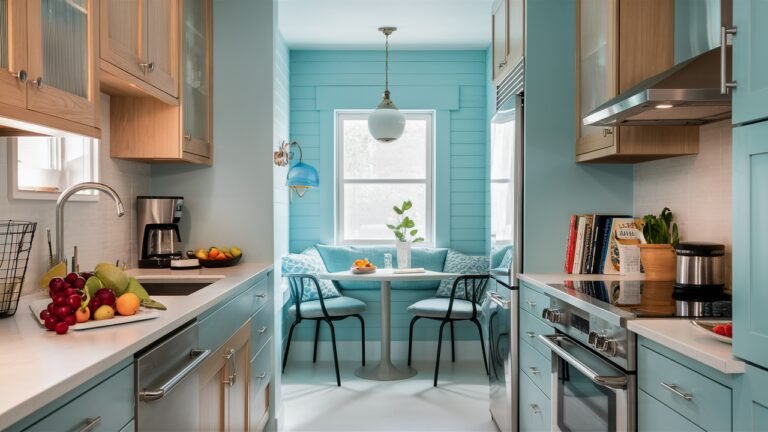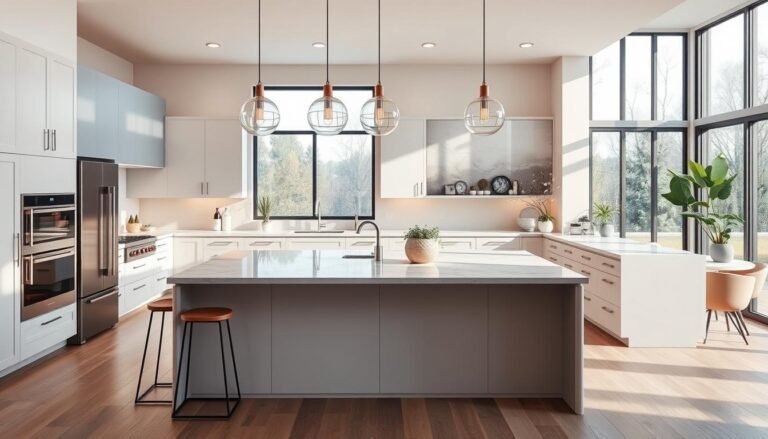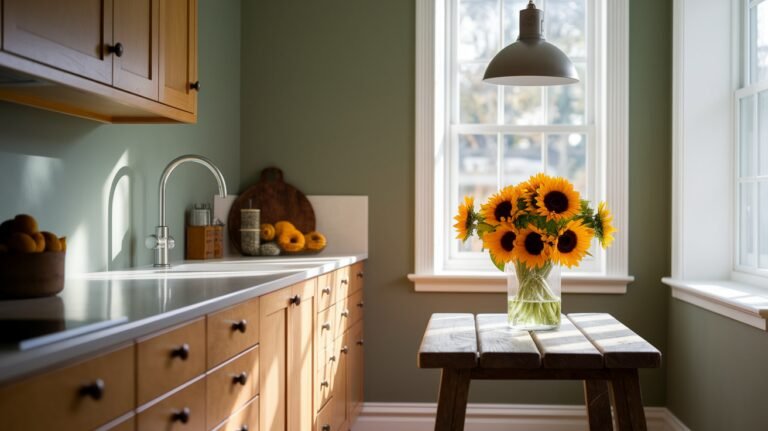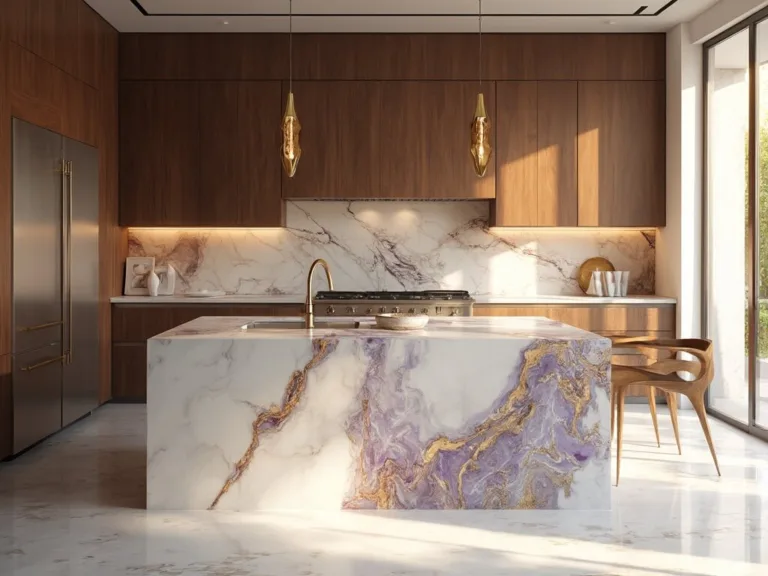This post may contain affiliate links. Please see my disclosure policy for details.
Hey there, kitchen design enthusiasts!
Contents
Let’s dive into the world of kitchen island materials that can make or break your culinary space.
Selecting the Right Surface: More Than Just a Pretty Countertop
Every kitchen island tells a story, and the material you choose is its primary language. I’ve learned through countless renovations and design projects that your countertop isn’t just a surface—it’s the heart of your kitchen’s functionality and style.
Top Kitchen Island Materials Breakdown:
1. Granite: The Heavyweight Champion
- Rock-solid durability that laughs at daily abuse
- Heat-resistant and scratch-resistant
- Classic luxury look
- Needs periodic sealing (pro tip: don’t skip this!)
2. Quartz: The Low-Maintenance Superstar
- Non-porous and stain-resistant
- Zero sealing required
- Endless color and pattern options
- Perfect for busy households
3. Marble: The Elegant Performer
- Stunning luxury aesthetic
- Naturally cool surface (baker’s dream!)
- High-maintenance personality
- Prone to stains and scratches
4. Butcher Block: The Warm Welcome
- Adds natural, cozy warmth
- Great for food prep and dining areas
- Requires regular sealing
- More vulnerable to wear and tear
5. Stainless Steel: The Modern Minimalist
- Sleek, contemporary look
- Ultra-easy to clean
- Shows fingerprints and scratches
- Industrial-chic vibe
Pro Design Strategy: Material Mixing
Why settle for one material when you can create a dynamic, functional masterpiece? Consider combining surfaces like:
- Quartz for primary prep area
- Butcher block for dining section
- Stainless steel accent zones
Critical Decision-Making Factors:
✓ Cooking Intensity
- High-traffic kitchen? Go granite or quartz
- Frequent baker? Marble is your friend
✓ Maintenance Tolerance
- Low maintenance lovers: Quartz wins
- Don’t mind extra care? Marble beckons
✓ Budget Considerations
- Affordable options: Laminate, basic quartz
- Luxury splurge: Exotic quartz, marble
The Golden Rule: There’s No Universal “Perfect” Material
Your ideal kitchen island surface depends on:
- Personal cooking style
- Aesthetic preferences
- Maintenance commitment
- Budget flexibility
Quick Pro Tips:
- Always get samples
- Test materials in your specific lighting
- Consider long-term lifestyle needs
- Don’t be afraid to mix and match!
Final Thought: Your kitchen island is more than a countertop—it’s the stage where culinary magic happens. Choose wisely, and it’ll be your faithful companion for years to come.
Bonus Insider Advice: Consult a professional designer or kitchen specialist for personalized recommendations tailored to your unique space and needs.
Happy designing! 🔪🍳✨


